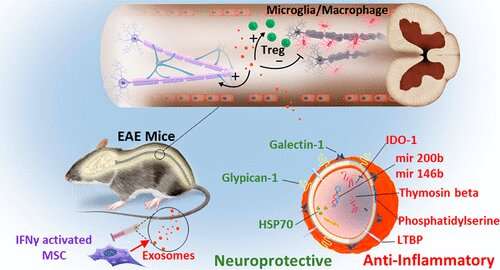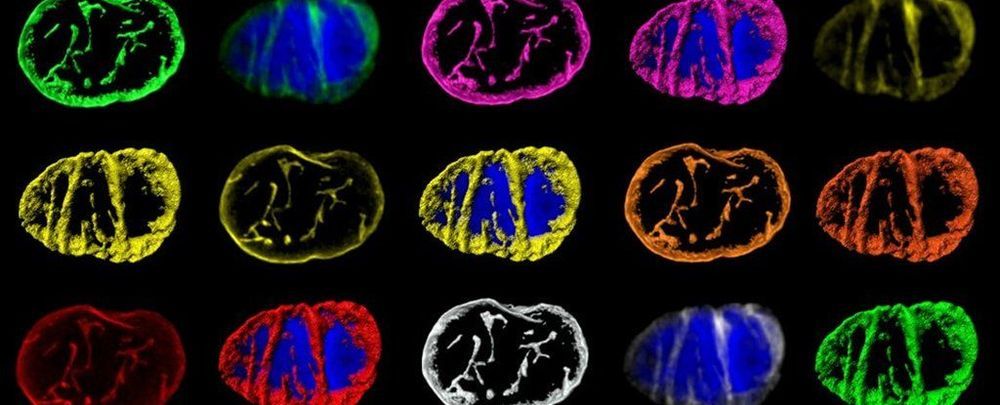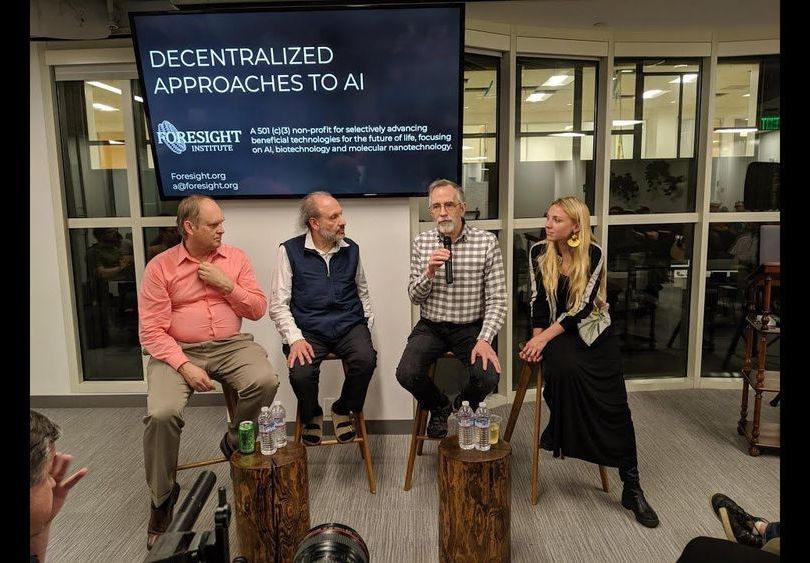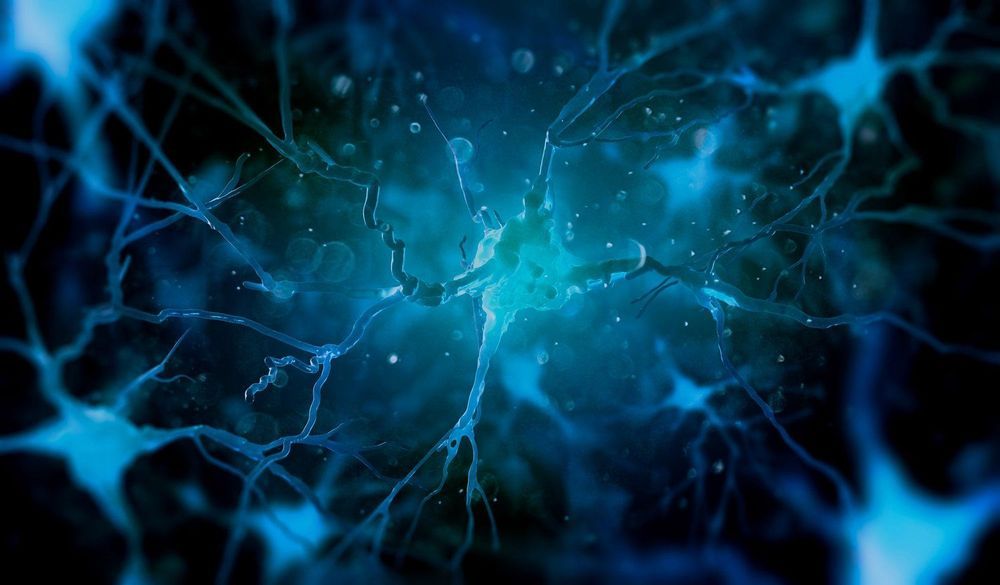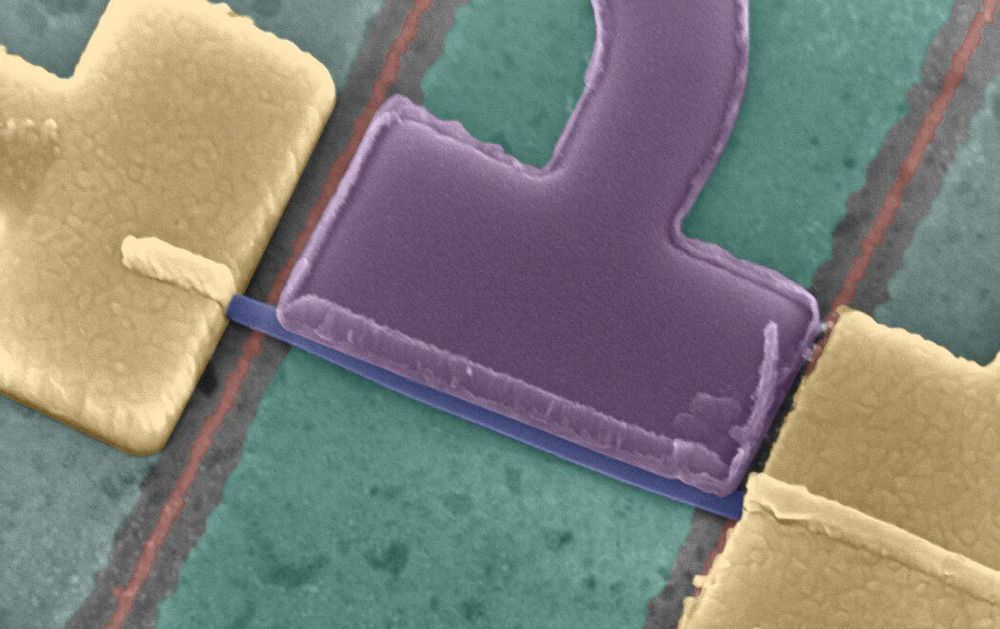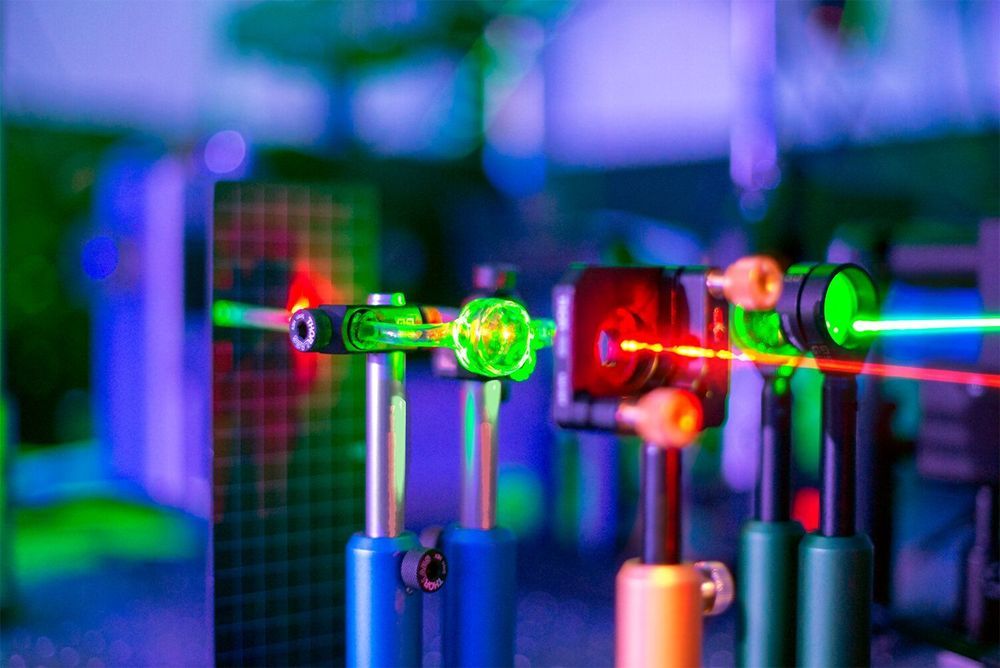Jun 5, 2019
Carbon nanotubes found in children’s lungs for the first time
Posted by Richard Christophr Saragoza in categories: computing, nanotechnology
By Sam Wong
Carbon nanotubes have turned up in the lungs of children living in Paris – the first time they have been detected in humans.
Incredibly strong, light and conductive, nanotubes have shown great potential in areas such as computing, clothing and healthcare technology. Nevertheless, there has been some concern over their use after mouse studies showed that injected nanotubes can cause immune reactions similar to those produced by asbestos.
Continue reading “Carbon nanotubes found in children’s lungs for the first time” »

